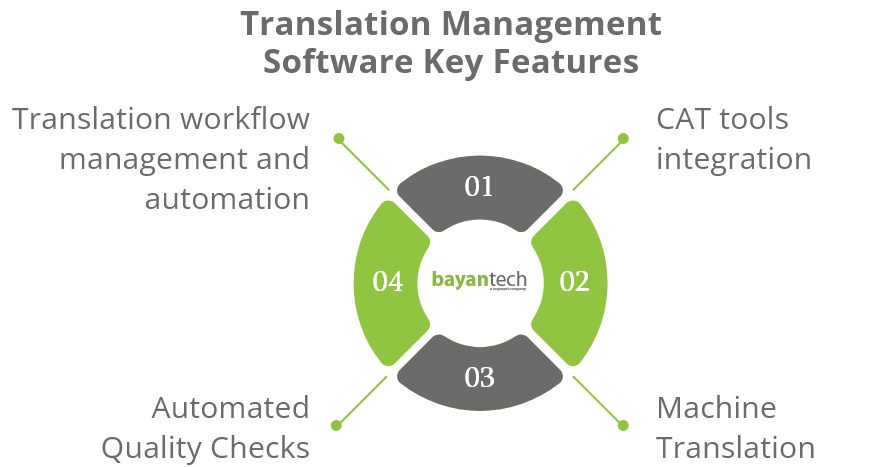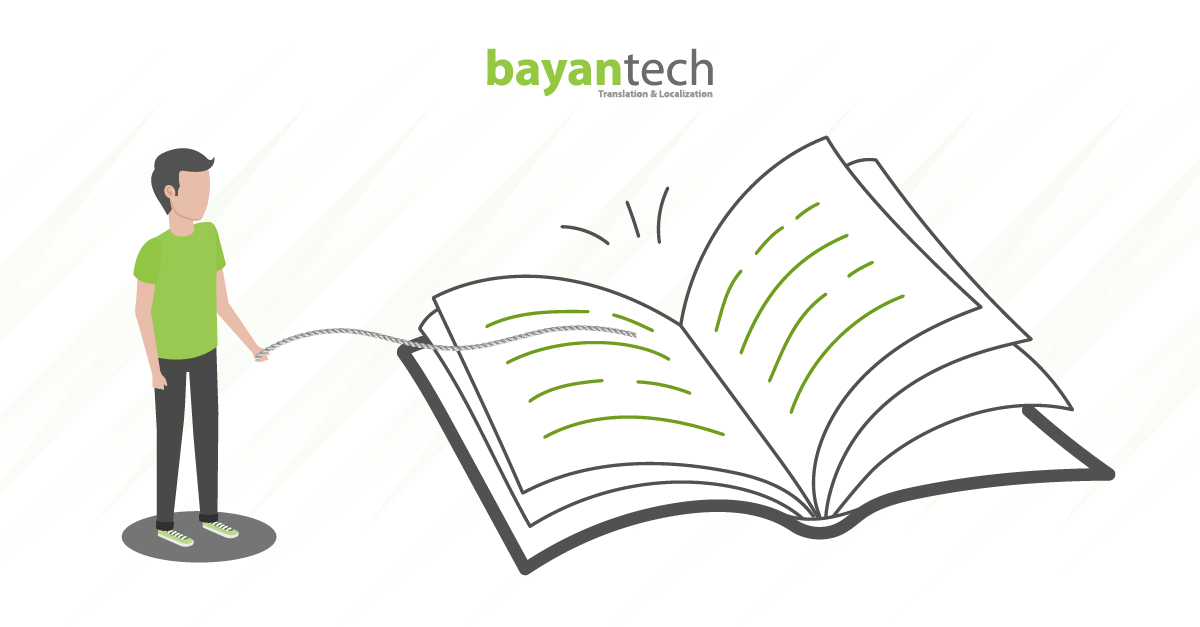If your company operates offshore, implementing a solid strategy for handling multilingual communications and content in multiple languages is paramount.
Whether you’re managing your translation workload in-house or teaming up with a translation company, a robust translation management system becomes a MUST to maintain an efficient and effective translation process.
Without it, it’s easy for translated content to be inaccurate, delayed, or disorganized which only keeps you from reaping the real benefits of expanding into global markets.
What is a translation management system? What are its core functions? And why it’s so vital for your translation management workflow?
Today, we answer all your questions. We also tackle the key advantages that make translation platforms an effective tool for any international business.
Let’s dive into it!
What Is a Translation Management System (TMS)?
Translation management systems (TMS) are software platforms designed to manage and organize the translation and localization process from start to finish. TMS serves as a centralized channel to track, assign, and automate translation tasks while streamlining collaboration between members involved in the process.
There are different types of translation management software to choose from:
- Cloud-based TMS is hosted and accessed entirely through the cloud. This solution allows for easier collaboration among team members regardless of their physical location since they can access it using any web browser.
- On-premises TMS is installed and run locally on your company’s servers and devices. This allows full control over the translation environment but requires more IT resources for maintenance, updates, and security.
Hybrid TMS combines elements of both cloud-based and on-premises solutions. These platforms might have a cloud-based interface for user interaction while storing sensitive data locally.
Key Features of Translation Management Software You Need to Know About
Let’s dive into the various features any translation management platform should have to simplify and streamline the translation process.
1. Translation Management and Workflow Automation
First off, the translation management system is a handy tool for project managers to organize translation files and manage processes more easily. Just in one platform, they can complete different tasks, such as;
- Assigning translation tasks to translators and other team members involved
- Monitoring translation progress and tracking feedback
- Giving access permissions to team members to maintain data security
Additionally, translation management tools also have automation features that help boost productivity and performance.
For example, translation management systems can easily extract content from various file types and export translations back into the original format. Also, they send notifications and reminders to translators and project managers about deadlines, project changes, or new tasks.
2. CAT Tools Integration
Computer assisted translation tools (also called CAT tools) can be integrated into your main translation management system to help automate and streamline the translation process. These tools include:
- Translation Memory
Translation memories store all your previous translations so you can automatically reuse approved translations that match the new content you’re translating. This helps save time, free up resources, and reduce costs. (We’ll get more into this later!)
- Termbases and Glossary
Termbases are like dictionaries combining key terms and their approved translations that are often used in your content. This includes industry-related or brand-specific terms that you want to be translated the same way each time throughout the entire project.
3. Machine Translation (MT)
Machine translation (MT) is automated translation software. Some CAT tools offer integrated machine translation engines that you can use along with human translation, especially for large volumes of low-complexity text.
However, machine translations are ineffective and risky without human editing. This is why many clients don’t rely on it alone and only use it with MTPE (machine translation post-editing) solutions.
4. Automated Quality Checks
Translation management software also features intelligent quality control capabilities. Quality checks can automatically examine translated content and flag any missing segments, inconsistencies, or errors in grammar, spelling, or formatting. What’s more, some tools can even prevent translators from delivering translations without fixing mistakes.
How Translation Management Solutions Benefit You as a Client
Now, let’s explore the 3 major benefits of a translation management system.
Translation Management Systems Enhance Scalability
Translation workflow management systems give you a solid infrastructure to upscale and grow your international presence with no obstacles.
First, you can connect your translation management system with other software like content management systems (CMS) or customer relationship management (CRM) tools. This way, you can synchronize your localization workflows, easily share files with involved teams, and process large volumes of content with ease and efficiency.
Furthermore, when you’re partnering with a language service provider, you can effortlessly keep track of project progress and you wouldn’t have to worry about missing files or delayed tasks since everything is centralized and communicated effectively. Besides, TMS also eliminates the need for constant follow ups and allows you to focus on your business endeavors.
Translation Management Platforms Reduce Errors and Improve Accuracy
When translators have access to a database of approved terminology through translation memory and glossaries, they can consistently use the correct terms, eliminating the need for multiple rounds of editing. This helps maintain consistency in terminology usage, reduces errors, and improves overall accuracy.
Additionally, cloud-based solutions enable real-time collaboration, ensuring that translators, editors, and project managers can access the latest version and provide feedback edits in real time. This collaborative approach minimizes errors and mistakes that may arise from working with different versions.
Translation Management Tools Are Cost-Effective and Time-Saving
TMS’s automation features are also very effective in reducing time and translation costs. When translation teams can automate manual tasks, they can more efficiently handle large amounts of text and deliver translations faster. And reducing manual labor for each project means requiring fewer resources, which cuts costs for you in the long run.
Furthermore, leveraging translation memories can significantly reduce the time and money spent since translators wouldn’t have to translate repeated segments from scratch by reusing previous ones. And the more you translate, the more you save.
bayantech: Efficient, Cost-Saving Language Solutions
As a leading translation company in the MENA region, bayantech provides end-to-end translation and localization solutions in +120 languages for clients worldwide. With over two decades of experience, we have built an extensive network of professional, native-speaking translators and subject matter experts.
At bayantech, our linguists are trained in using CAT tools and translation project management software to deliver seamless translation services tailored to your workflow. We also customize our services to fit your precise requirements.
Thanks to our rigorous Quality Assurance (QA) procedures and scalable workflows, we’re always ready to handle any project size with speed, accuracy and consistency. Contact us today to learn more about our processes.
8 Steps Every Medical Interpreter Takes
Looking for a medical interpreter? Discover the career path of medical interpreters and qualifications they need to acquire to take on interpreting jobs.











